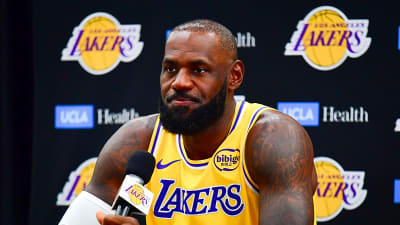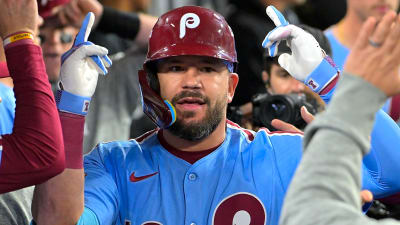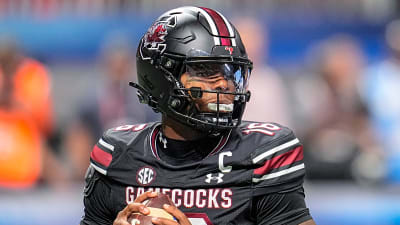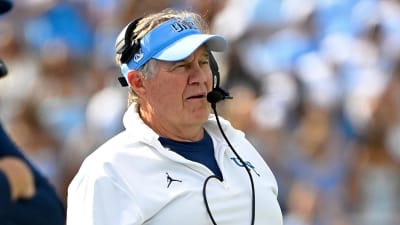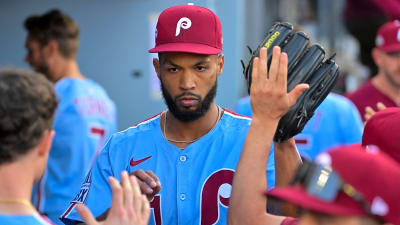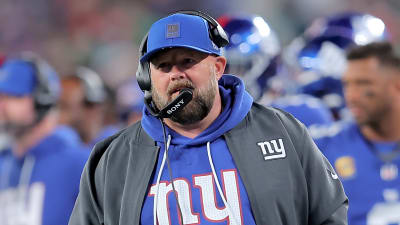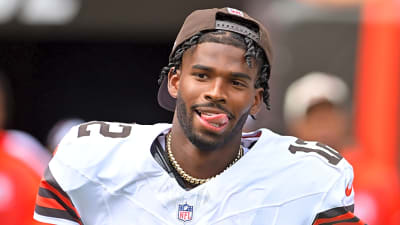A few weeks ago, from September 4-7, adaptive athletes from around the world gathered in Oceanside, CA, for the US Open. The action took place at the Oceanside Pier where the surfers, who were grouped into 9 different divisions, battled it out in tricky conditions featuring occasional head-high waves, big tide swings, gnarly rip tides, and lots of cheers from a large crowd of stoked fans and friends.
Their approach to the lineup may be different, but they look at waves the same way--an open canvass to explore and express their style. One volunteer, Jay Saling, who regularly surfs in Oceanside and assists with adaptive events, said, "I was so impressed by everyone out there. The waves had some power and were hard to read but the athletes showed an incredible amount of ocean knowledge and the event overall was a huge success."
Colin Cook, who took first place in the above-the-knee amputee standing division winning both the US Open and the World Title, said, "The turnout was incredible, with competitors from all around the world competing in this event! We were fortunate to have great conditions and waves during the first half of each day. The afternoon heats with the low tide and onshore winds made things tricky."
Anyone who has surfed the Oceanside Pier knows that it can be tricky indeed, especially when dealing with big swings during the day and afternoon onshores. That being said, variable conditions are the reality of life when you're a surfer and Oceanside, with its consistent waves and easy-access, has proved to be an awesome location, not just for the event, but for adaptive surfing in general.
As for the significance of the competition, Cook said, "The US Open and AASP provide a platform that is truly life changing for the adaptive community and athletes around the world! I know many might not be familiar with adaptive surfing, but I want to emphasize that as athletes and competitors, we take these events just as seriously as any other able body sport!"
Charles "Chaka" Webb, founder of Stoke for Life Foundation and organizer of the US Open, said, "Oceanside is my hometown and over the years it has really turned into a hub of adaptive surfing. We are blessed to have a relationship with Visit Oceanside for the contest and we’ve been running it here since 2017 and we are looking forward to many more years of calling Oceanside “home” for the U.S. Open Adaptive Surfing Championships."
Chris Waker, who took third place in the assisted prone division shared, "It's pretty crazy to think that, just a few years ago, shortly after my injury, I wasn't very comfortable out there and now I'm doing well in competitions! I've put in a lot water time and dialed in my equipment, the progress is exciting and I'm so stoked to keep training and compete again next year!"
"This year we had three perfect 10's scored throughout the contest and that's really a great memory for 2025."
Charles "Chaka" Webb
The 2025 US Open Winners are as follows:
- Above Knee Standing - Colin Cook from Hawaii
- Kneeling Upright - Llewellyn "Sponge" Williams
- Below Knee Standing - Kenjiro Ito from Japan
- Prone Assist - Jesse Billauer, 3X AASP World Champ, Founder of Life Rolls On
- Men’s Unassisted Prone - 3X AASP World Champ Kai Colless from Australia
- Men’s Wave Ski - Chris Oberle
- Blind, (no vision), Men’s - Aitor Francesena from Spain
- Blind, (partial vision), Men’s - Aaron Paulk
- Women’s Kneeling Upright - Barbie Garcia from Mexico
- Women's Below Knee Standing- Laurie Phipps
- Women's Blind (partial vision) - Aleli Medina
- Women's Prone Assist - Jocelyn Neumueler
- Women's Wave Ski - Alana Nichols
For more in-depth information, we spoke to some of the volunteers who helped make the event possible.
What was your experience of witnessing these athletes up close?
“As Head of Classification, I have the opportunity to meet each surfer as they come through classification. I see the spark in their eyes as they share their passion for surfing and describe the surf breaks where they train. It is quite interesting to learn the different ways they have figured out how to keep surfing and competing at high levels. For example, many surfers shape their boards differently; they shift the fin boxes so the boards are more responsive on their turns; they adjust their prosthetic joint componentry depending on if they wear the prosthesis on their front leg or back leg; and they attach cool straps in various positions and angles on the deck of their surfboards. One Aussie surfer 3D prints her own fins and fin boxes because she wants them a specific shape and size that enhances her performance.” - Dr. Maureen Johnson, PhD, MS, OT/L, BCPR, C/NDT, CHSE-A, Associate Professor, USAHS OT Programs
I know this is different across different division and athletes but can you share a bit about the relationship and trust that takes place between athletes and volunteers?
“I witness the strong collaboration between the professional surfers and the volunteers. The volunteers, mostly graduate occupational therapy and physical therapy students from the University of St Augustine for Health Sciences (USAHS), listen intently and follow the instructions from the surfers. The surfers explain how they can best assist, from pushing adaptive beach chairs across the sand to supporting transfers from wheelchairs to surfboards. USAHS student volunteers learn skilled transfer techniques in the classroom, and at the US Open ASC, they get to put their skills into action. This symbiotic relationship is amazing to experience firsthand, especially when the surfer rides a wave, comes in, transfers on to the beach chair and the volunteers race the surfer back to the pier so they can take the pier conveyor belt back out to the peak. These student volunteers are the legs for the surfer, and it is exciting to watch!” - Dr. Maureen Johnson
"The trust built between athletes and USAHS student volunteers is essential. In some heats, volunteers are responsible for running the athletes down the beach to return to the water quickly so they can catch the next wave. Many athletes require very specific transfers, and they are always clear in communicating their preferences for how to transfer safely and how to manage their surfboards. I’ve always valued the conversations I’ve had with athletes before their heats - it’s an opportunity to connect on a personal level. I’m grateful for the trust they place in us to support their performance." - Kylene Aziz, a second-term OT student at USAHS
-What would you say to someone who is interested in becoming a volunteer?
“Just come, show up, bring a friend, and volunteer. The US Open ASC will change your perspective on life! It has made a momentous impact on student volunteers at the University of St. Augustine for Health Sciences (USAHS). They are able to closely work with world-class adaptive surfers, building confidence in their skills through a hands-on, real-world experience while making a meaningful impact.” - Dr. Maureen Johnson
Looking forward, Chaka says that, "In 2026 we have a three-stop tour starting in March at the Bright Sky Australia Pro Adaptive Surfing Championships, in Byron Bay. In May, we go to the Access Surf Hawaii Adaptive Surfing Championships, and then in September we come back to Oceanside, CA, for the U.S. Open Adaptive Surfing Championships."
More must-reads:
- Could Mets lose Pete Alonso to division rival?
- RAM has its first driver for new NASCAR Truck Series team
- The 'Oldest starting QB by NFL team' quiz
Breaking News
Trending News
Customize Your Newsletter
 +
+
Get the latest news and rumors, customized to your favorite sports and teams. Emailed daily. Always free!
